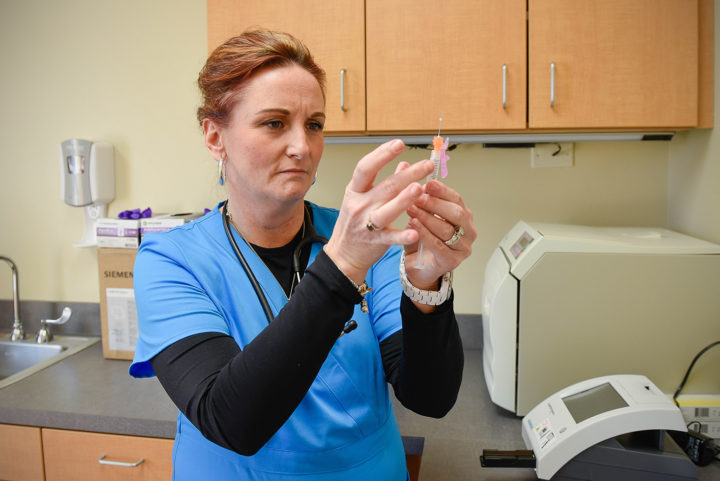Immunizations in Children

As children were going back to school for the 2014-2015 school year, there was growing concern from health officials regarding the increasing numbers of parents that are refusing or delaying their children’s vaccinations. While overall in the US, vaccination coverage has remained fairly stable, there are areas where a disproportionate number of children are not vaccinated or under-vaccinated. Throughout the years, areas with poor vaccination coverage have made up the majority of vaccine-preventable disease outbreaks including measles and whooping cough. Disease outbreaks moved to the forefront of the news at the end of 2014 when a measles outbreak kept fairytale dreams from coming true for tourists in Walt Disney World’s Disneyland in California. From January 1st to May 1st, 2015, 169 people from 20 states and the District of Columbia were reported to have measles. 70% of these cases were part of the multi-state outbreak linked to Disneyland, thought to be caused by an infected traveler visiting the theme park. The US experienced a record number of measles cases during 2014, with 668 cases from 27 states during 23 outbreaks, the most cases since measles elimination was documented in the US in 2000. This included one large outbreak of 383 cases, occurring primarily among unvaccinated Amish communities in Ohio. Many of the cases were imported from the Philippines, which experienced a large measles outbreak. These are just a few examples of infectious threats that may become more commonplace if vaccine coverage declines.
It is estimated that among children born in the US during the last 20 years, vaccines will prevent 21 million hospitalizations and 732,000 deaths. Worldwide, vaccines prevent 2-3 million deaths every year. Unfortunately, because vaccines have been so effective, the diseases that they prevent have become forgotten, and therefore parents don’t recognize the real threat involved with their children contracting them. Organizations such as the CDC have done tremendous work in promoting the importance of vaccines. Now it is time for healthcare providers to use all of the data available and be the expert in their patients’ lives to ensure all children and adolescents are completely vaccinated. We need to inform parents that delaying vaccines in an alternative schedule is not a middle-ground approach, as it is not supported by any scientific evidence and increases their child’s susceptibility to a vaccine-preventable disease. Healthcare providers need to challenge their patients’ parents to include information from experts on the subject of vaccinology and others with extensive knowledge of vaccines (CDC, AAP, Infectious Diseases Specialists, Primary Care Doctor, etc.…) when forming their opinion, as opposed to only basing their decision on potential misinformation presented by the media, alternative medicine practitioners that oppose vaccines, anecdote, or unmonitored and biased web sites. Every healthcare visit should be used as an opportunity to review and update someone’s vaccine record. The AAP developed the medical home model for delivering primary care that is accessible, continuous, comprehensive, family-centered, coordinated, compassionate, and culturally effective to all children and youth. This includes identifying patients requiring additional vaccines to bring them up-to-date and to maximize their visit, regardless of the reason that brought them to the office. That way, healthcare providers will make an immense impact in their patients’ lives and the community at large by showing their unwavering support of one of our greatest medical achievements, vaccines.